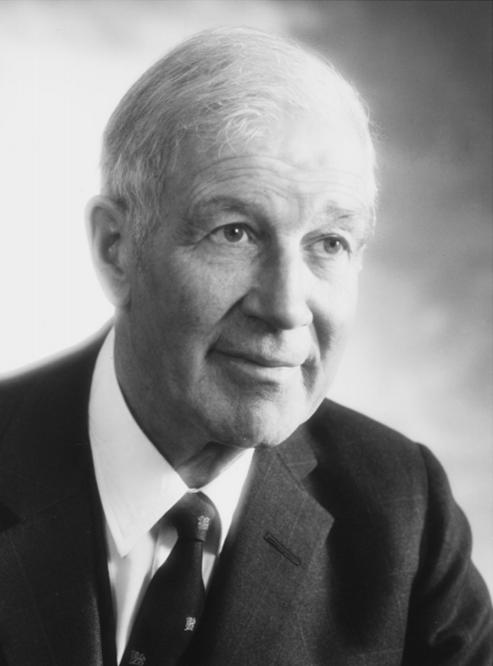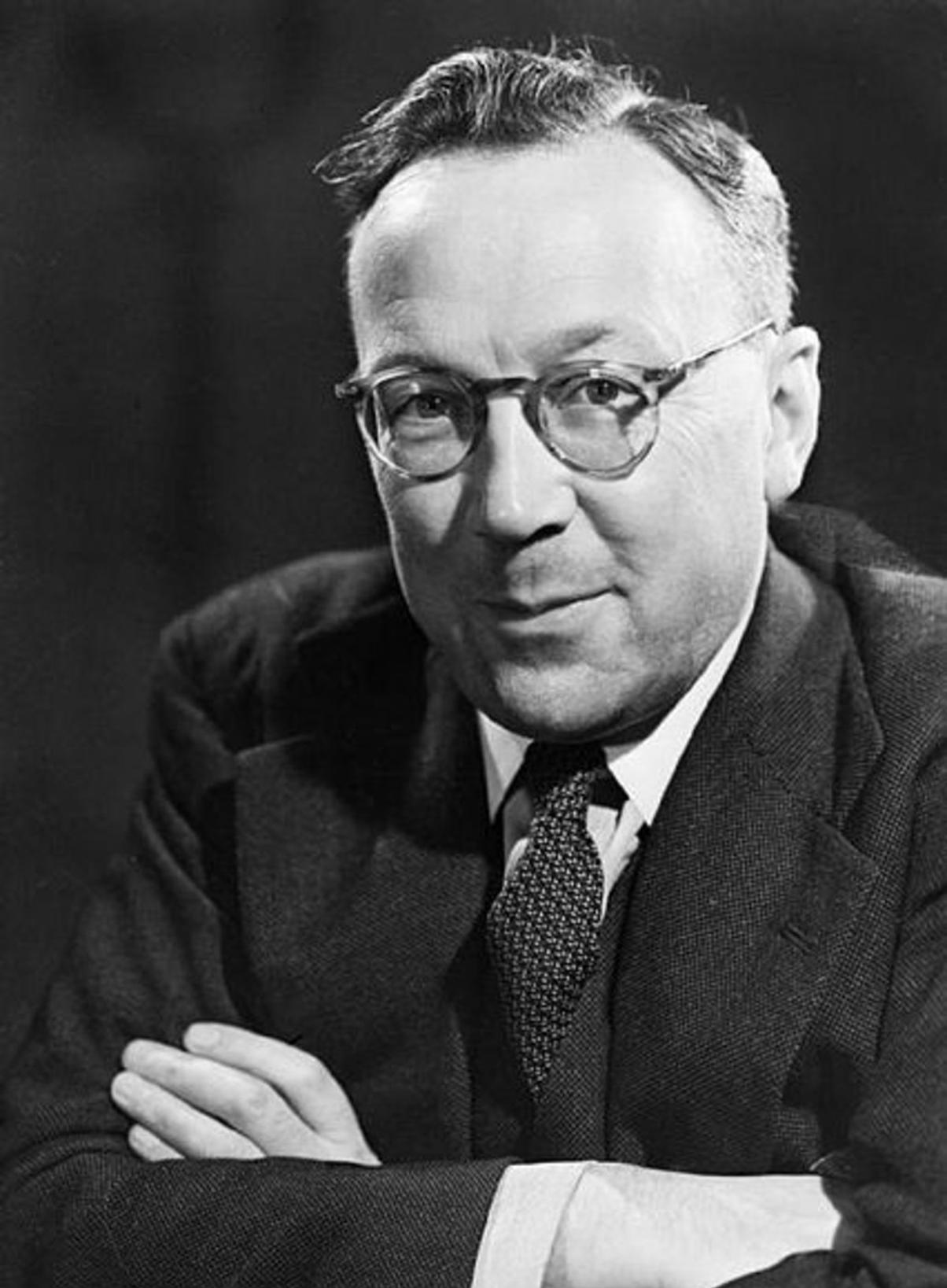John Flavell Coales CBE
14th September 1907 – 6th June 1999
John Coales spent seven years researching RDF for use with gun laying on ships for His Majesty’s Navy. In April 1935, Watson-Watt consulted with Coales regarding development of RDF to be used covering naval minefields.
In 1937, he was put in charge of developing a system using wavelengths of less than 100cm. Along with a group of 12 people, he was able to produce a system based on a wavelength of 50cm (600 Mc/s). This became known as the Type 287, and was used successfully at Harwich and 10 other sites around Britain.
He was awarded an OBE in 1945 and received a CBE in 1974.


Sir Robert Watson-Watt

13th April 1892 – 5th December 1973
Widely known as the ‘father of radar’.
In the 1930s he led a team of researchers to develop the aircraft detection technology that would later prove crucial to the Allied victory in the Battle of Britain.
His research at nearby Bawdsey Manor was also key in developing the technology used here at Harwich RDF tower.
After the success of his invention, Watson-Watt was sent to the US in 1941 to advise on air defence after Japan’s attack on Pearl Harbor [sic]. He returned and continued to lead radar development for the War Office and Ministry of Supply.
He received his Knighthood in 1942 and the US Medal of Merit in 1946.

Back Continue